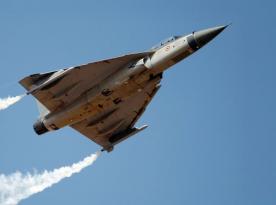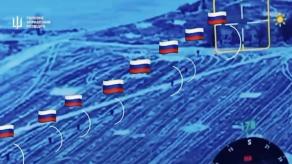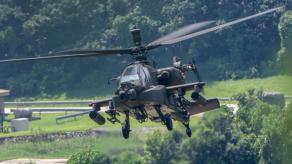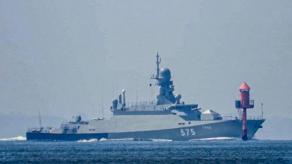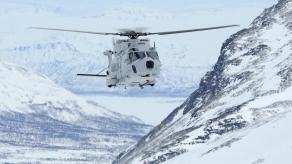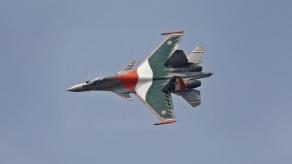In 1986, India launched the Kaveri engine program to achieve independence for its defense industry by creating a domestic powerplant for fighter jets. Yet almost 40 years later, the project remains unfinished. Not only has it failed to deliver an engine for the Tejas fighter, but now it is also being stretched to power India’s analogue of russia's S-70 Okhotnik UAV — while the budget has already grown more than sixfold.
The program's initial goal was to provide engines for India's indigenous fourth-generation fighter, the Tejas. Work was supposed to be completed by 1996, but to this day, Tejas aircraft are powered by American propulsion systems. Shortages and supply delays of these imported engines have also slowed down Tejas production.
Read more: Yak-52 Crew Shot Down 120 russian Drones in 300 Combat Sorties in One Year: A War in the Style of World War I
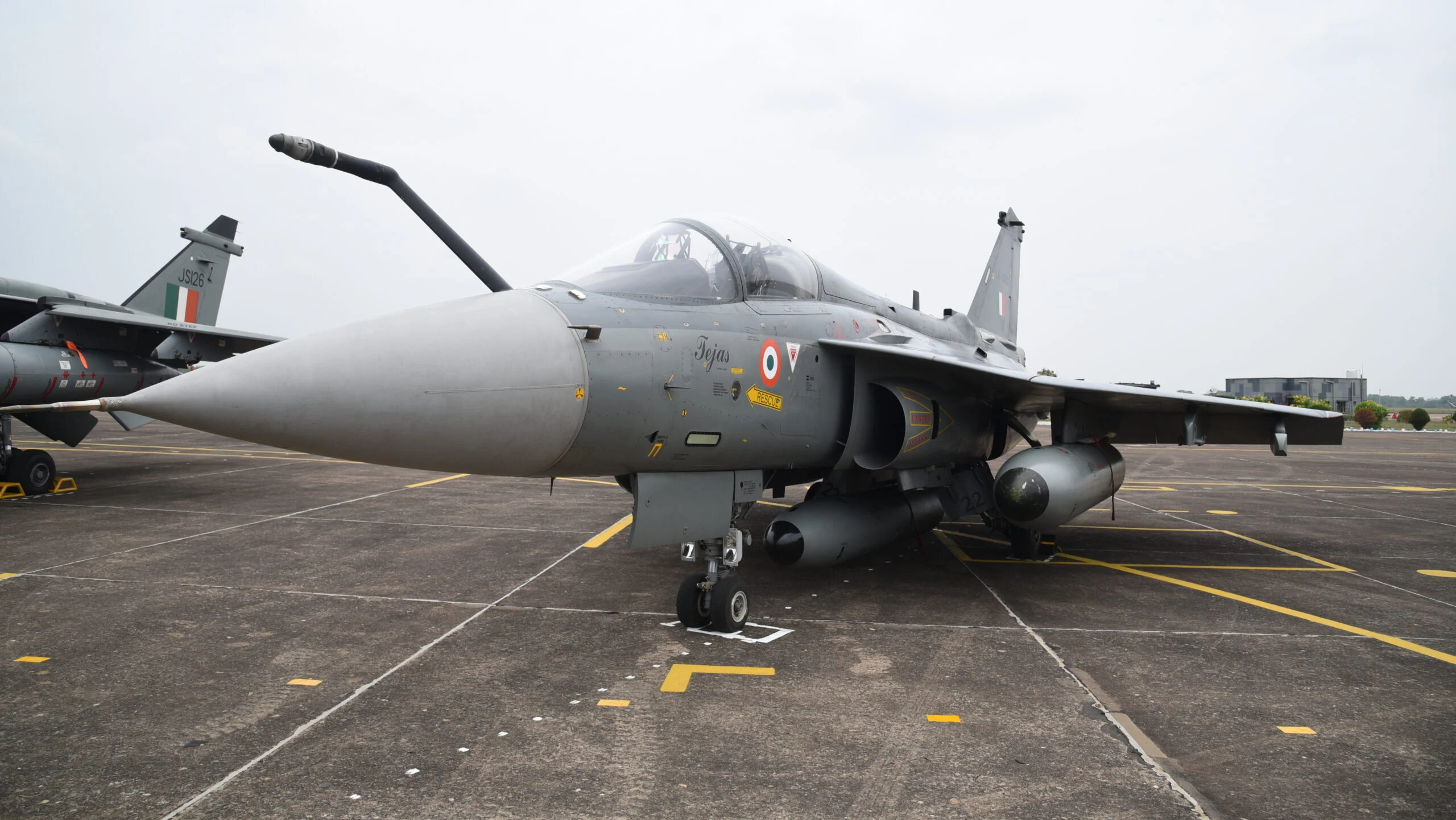
Over the decades, the Kaveri has consistently failed to deliver the required thrust to meet operational needs. The program has also faced issues with weight, reliability, overheating, durability, and thrust-to-weight ratio.
As a result, the Indian engine has not even come close to the standards set by the French Safran M88 (Dassault Rafale) or the American General Electric F404 (Tejas, F-117, F/A-18, TAI Hurjet), which was designed back in the 1970s. In other words, it still cannot match fourth-generation performance — even though India is already aiming for a fifth-generation aircraft.
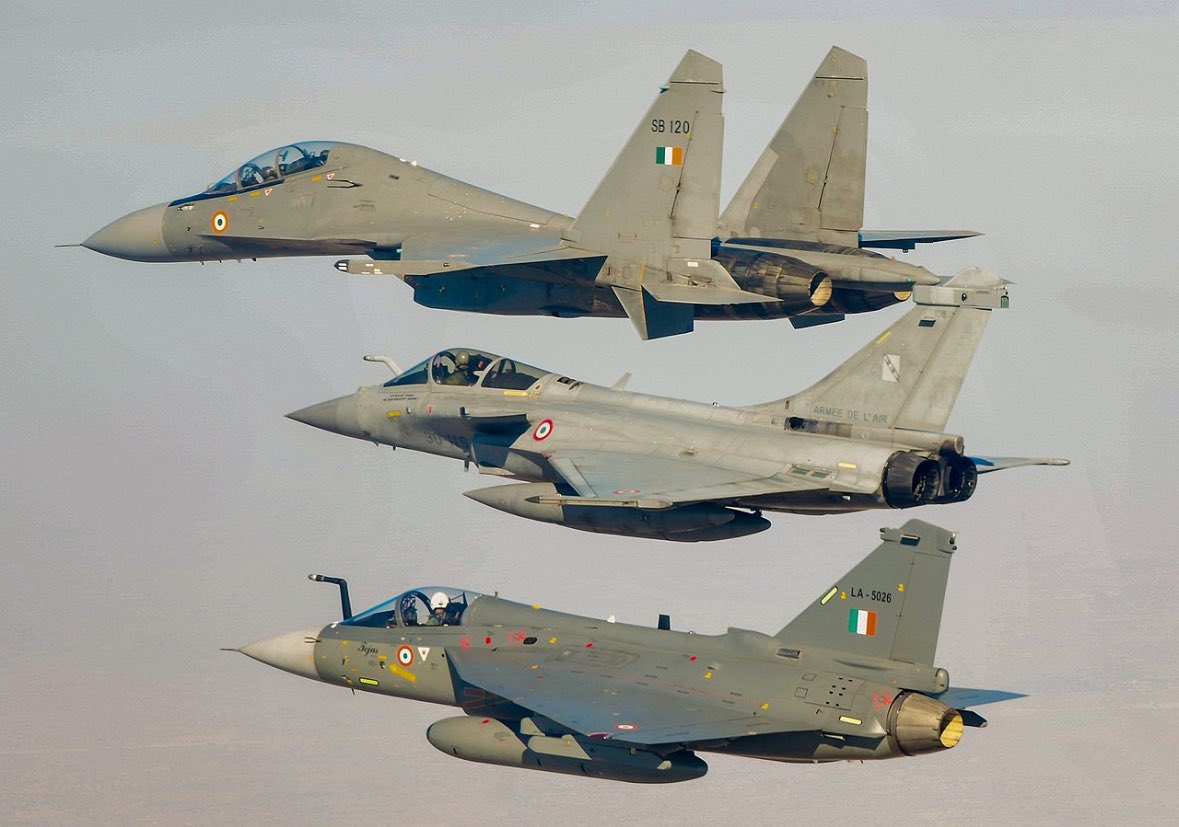
As of December 2024, the project was only cleared for limited flight testing. A weaker variant is also being developed for the DRDO Ghatak UAV, which is essentially India's equivalent of russia's S-70 Okhotnik.
On the one hand, engines for UAVs require lower performance compared to supersonic manned fighters, making the task somewhat easier. On the other hand, considering the decades-long reliability issues and nearly 39 years of stalled progress, splitting resources in this way raises serious doubts.
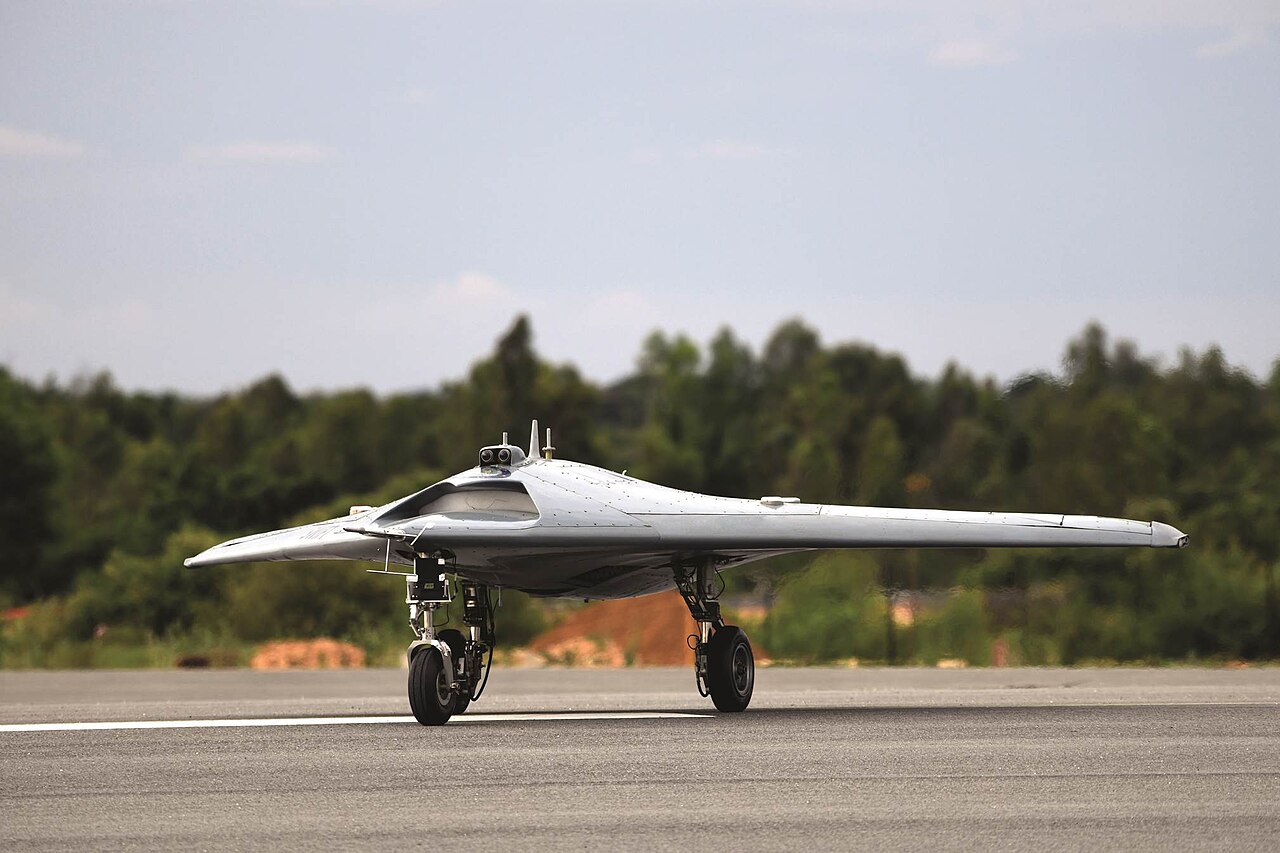
Analysts and Indian media often point to poor management as the key reason for the endless delays. The program lacked a realistic assessment of India’s industrial capabilities, while developers resisted cooperation both with foreign partners and even with local private companies and academic institutions.
India's defense industry also lacks critical technologies for engine development — not only advanced components but even basic metallurgy and materials science expertise. This technological gap has kept the project stuck at a developmental ceiling for decades.
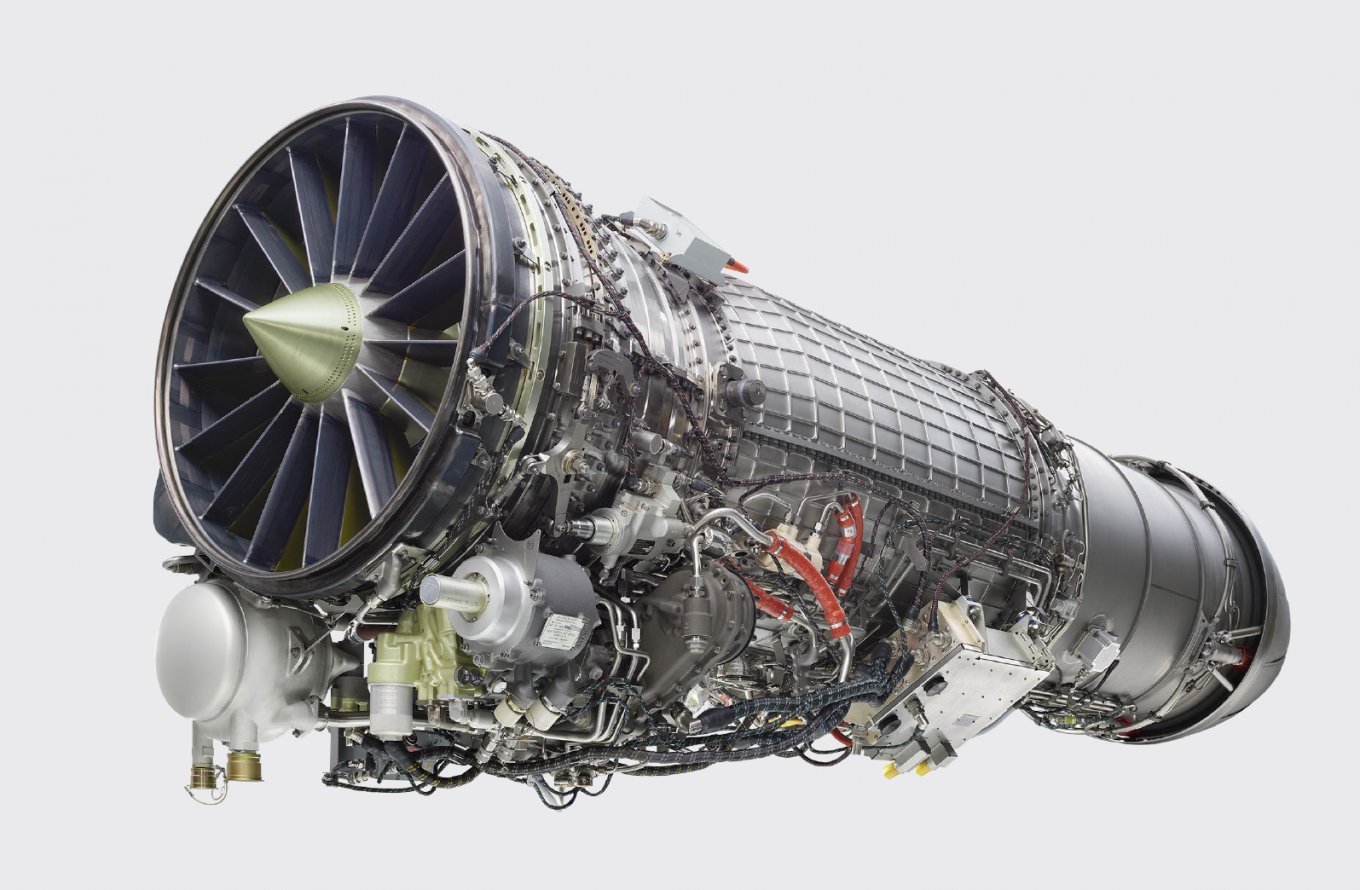
Officials often argue that few countries with advanced jet engine technology are willing to share it, but this contradicts India's recent progress: local production of U.S. F414 engines with 80% technology transfer has already been agreed, and cooperation with France's Safran on a fifth-generation fighter engine is underway.

Some Indian experts say that Kaveri should not be considered a failure, as it has served as a technological foundation for future development. However, without a finished engine, no one can predict how many more years it will take to achieve results. The key lesson, many conclude, is not technical — but organizational: how not to run a national defense program.
Read more: Ukraine to Receive New ERAM Long-Range Weapons, but Which Ones Remain a Mystery (Video)





